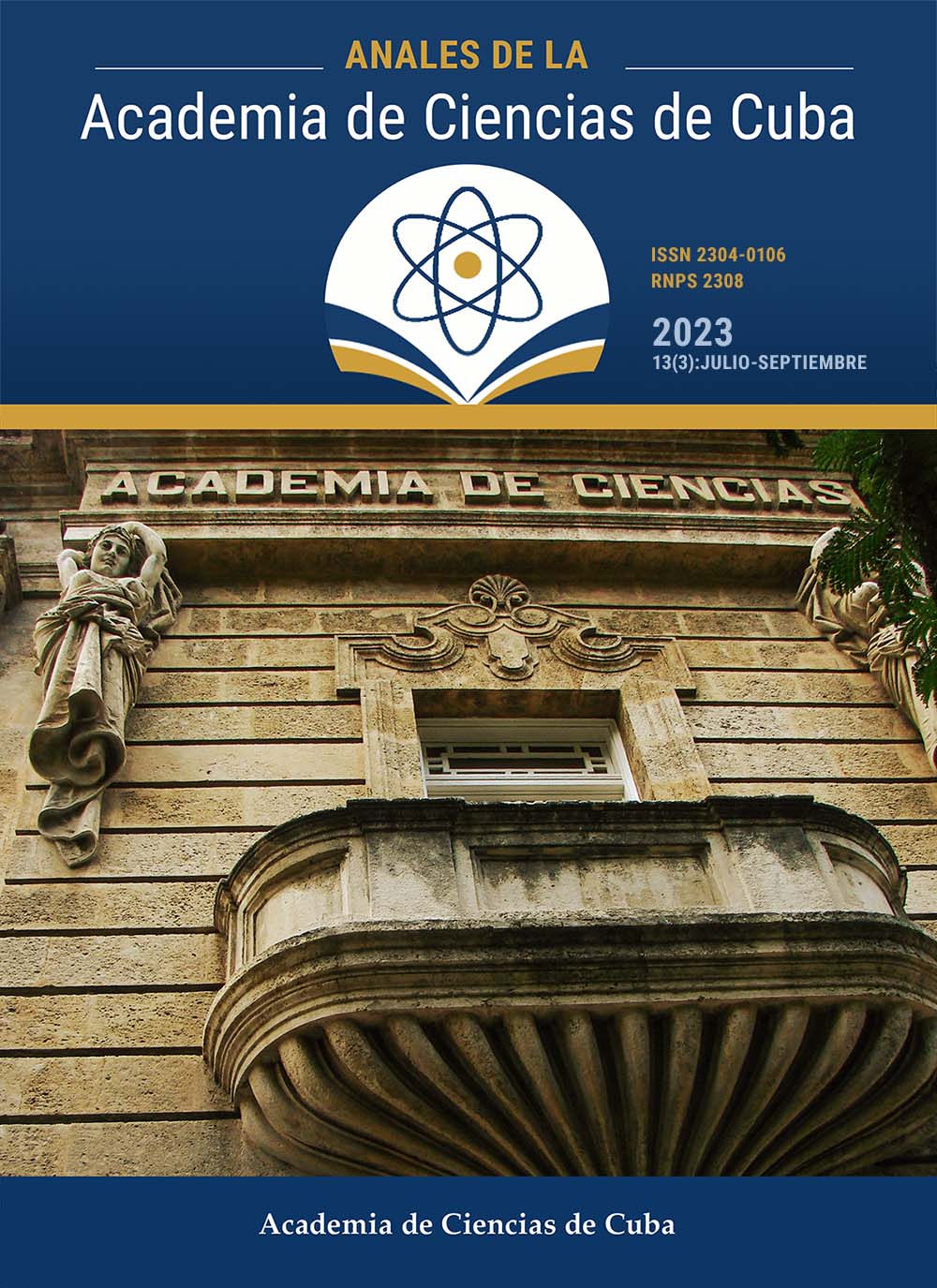Technical scientific bases for gamic seed production, sowing and establishment of Tithonia diversifolia (Hemsl.) A. Gray in Cuba
Keywords:
Germination, gamic reproduction, set up, Tithonia, seed and forage productionAbstract
Introduction: gamic seed production and set up of Tithonia diversifolia is an unsolved problem for science and there are several unknowns to achieve a feasible technology that integrates these processes in a multidisciplinary way.
Methods: research to evaluate gamic seed production and establishment were carried out at the Institute of Animal Science, Mayabeque, Cuba. The predominant climate of the area is tropical humid (1200 mm per year) and it is located on a eutric red ferralitic soil. All the field experiments included conventional soil preparation, consisting of plowing and crossing with alternating middle harrows. Research on seed production was carried out based on knowledge of the morphological and phenological development of the flower as an indicator of the process of formation and physiological maturation of seeds (achenes). Germination performance was evaluated in laboratory and controlled conditions in the field. Germination percentage was evaluated as indicated by the ISTA standard.
Results: These are the first reports in Cuba about the characterization of inflorescences, as well as the evaluation of different methods to increase germination and their implementation in different types of substrates and conditions (laboratory and nursery). The non-existence of dormancy was defined, achieving germinations of 84% at 10 d and it was ratified not to extend the germination tests for more than 21 d. Seeds stored in the environment lose germination after a year but it last up to 2 years in a cold room. Conservation can be done in plastic containers and paper and nylon bags. For the first time, the moment in which the inflorescences have seeds formed with germinating power is defined. A novel contribution was the definition of a practical scientific method to determine the best moment for harvesting with yields of 24 kg ha-1 of pure germinable seed and 50 to 90 % of germination. The integral agronomic management allowed to propose practices that cause the appearance of uniform flows of flowering and the use of vegetable and organic residues in seed protection. The advantages of the use of gamic seed, in relation to the planting in bags and stakes, are demonstrated according to the populations (10.55 vs. 10.88 and 5.88 stems m-2, respectively and the yields 11.68 vs. 9.48 and 9.92 t DM ha-1, respectively) obtained, in the establishment. Sowing costs can be reduced up to 3 times with gamic seed. The cost of the kg of seed is 273.76 CUP.
Downloads
Published
How to Cite
Issue
Section
License
The journal Anales de la Academia de Ciencias de Cuba protects copyright, and operates with a Creative Commons License 4.0 (Creative Commons Attribution-NonCommercial License 4.0). By publishing in it, authors allow themselves to copy, reproduce, distribute, publicly communicate their work and generate derivative works, as long as the original author is cited and acknowledged. They do not allow, however, the use of the original work for commercial or lucrative purposes.
The authors authorize the publication of their writings, retaining the authorship rights, and assigning and transferring to the magazine all the rights protected by the intellectual property laws that govern in Cuba, which imply editing to disseminate the work.
Authors may establish additional agreements for the non-exclusive distribution of the version of the work published in the journal (for example, placing it in an institutional repository or publishing it in a book), with recognition of having been first published in this journal.
To learn more, see https://creativecommons.org






